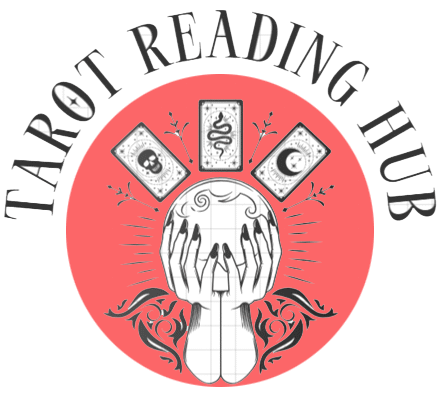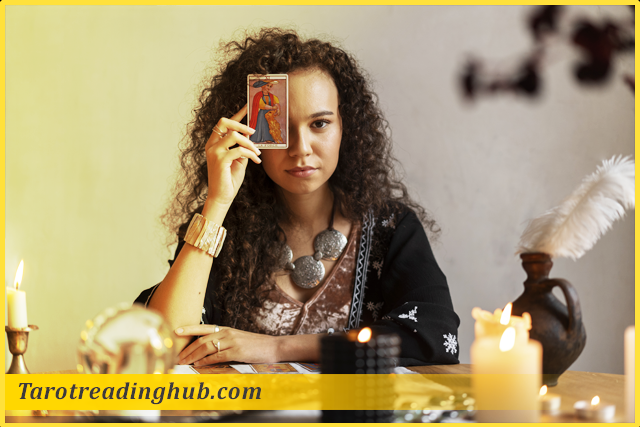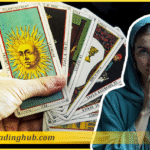Understanding Tarot: The Heart of the Cards
Tarot, a fascinating and intricate tool, has captivated the minds and hearts of individuals for centuries. Originally developed in the 15th century as playing cards in Europe, its evolution into a powerful divination system occurred over time. The purpose of tarot transcends mere fortune-telling; it serves as a mirror reflecting our inner thoughts and emotions, guiding us towards self-reflection, personal growth, and spiritual exploration.
At the core of tarot lie the major and minor arcana, each consisting of unique cards that encapsulate various aspects of life experiences. The major arcana, comprising 22 cards, represents significant life events, spiritual lessons, and transformative themes. Conversely, the minor arcana includes 56 cards, divided into four suits—Wands, Cups, Swords, and Pentacles—that illustrate daily situations and challenges we may face. Each suit corresponds to different elements and aspects of life: Wands relate to inspiration and creativity, Cups to emotions and relationships, Swords to intellect and conflict, and Pentacles to material concerns and practicalities.
Symbolism plays a vital role in tarot, enriching interpretations and adding layers of meaning to each card. The imagery found within tarot cards often incorporates archetypes, colors, and symbols that resonate deeply with the human experience. These symbols invite users to tap into their intuition, allowing them to derive personal insights from the cards drawn during a reading. Furthermore, the connections between the major and minor arcana, alongside the suits’ individual strengths, create a cohesive narrative that unfolds during a tarot session, offering profound understanding in addressing life’s myriad questions.
To embrace the tarot is to engage in a dialogue with oneself—a journey of discovery that reveals deeper truths and possibilities. Such introspection and engagement with the cards enhances the awareness of our own instincts and can illuminate paths not previously considered. Ultimately, tarot stands as a powerful instrument for those seeking guidance, clarity, and deeper self-awareness.
Practical Tips for Effective Tarot Readings
Embarking on a journey with tarot can be both enlightening and transformative. To ensure a profound and insightful experience, several practical tips can enhance your tarot readings, whether you are a novice or a seasoned practitioner. First and foremost, creating the right environment is crucial. A quiet, comfortable space free from distractions allows you to connect with your intuition and the energy of the cards. Consider dimming the lights, lighting a candle, or incorporating calming scents to foster a tranquil atmosphere.
When it comes to the actual handling of the tarot deck, shuffling and drawing cards is a vital process in your reading ritual. Shuffling not only mixes the cards but also allows your energy to influence the deck. Take your time with this step and focus your mind to ensure that you are attuned to the querent’s question or situation. When drawing cards, be mindful of your intention; this can significantly influence the insights you receive.
Interpreting the cards requires both knowledge and intuition. While understanding the traditional meanings of the tarot cards is essential, personal interpretation becomes increasingly important as your experience grows. Always relate the card meanings back to the specific context of the querent’s question. This can unlock deeper insights and resonate more profoundly with their situation.
Moreover, developing your intuition plays a crucial role in becoming an effective tarot reader. Trust your gut feelings and the impressions you receive from the imagery of the cards. Encouraging an organic flow in your interpretations can add a personal touch to your readings. When formulating questions during a reading, focus on open-ended inquiries that promote exploration rather than simple yes or no answers. This approach not only enriches the reading but also empowers the querent to gain clarity and direction from the session.


